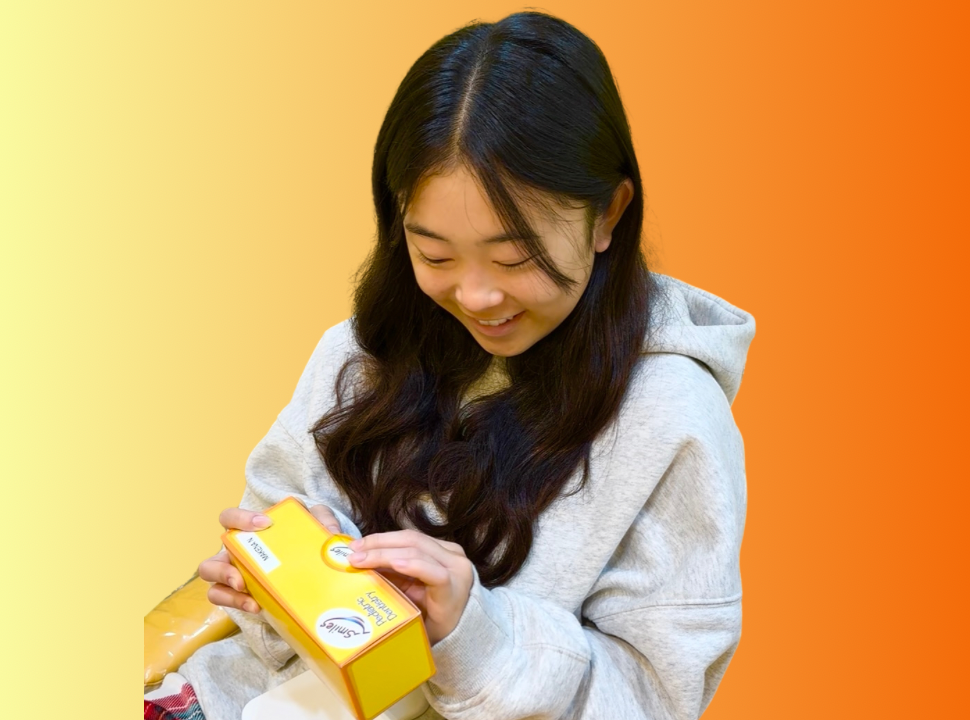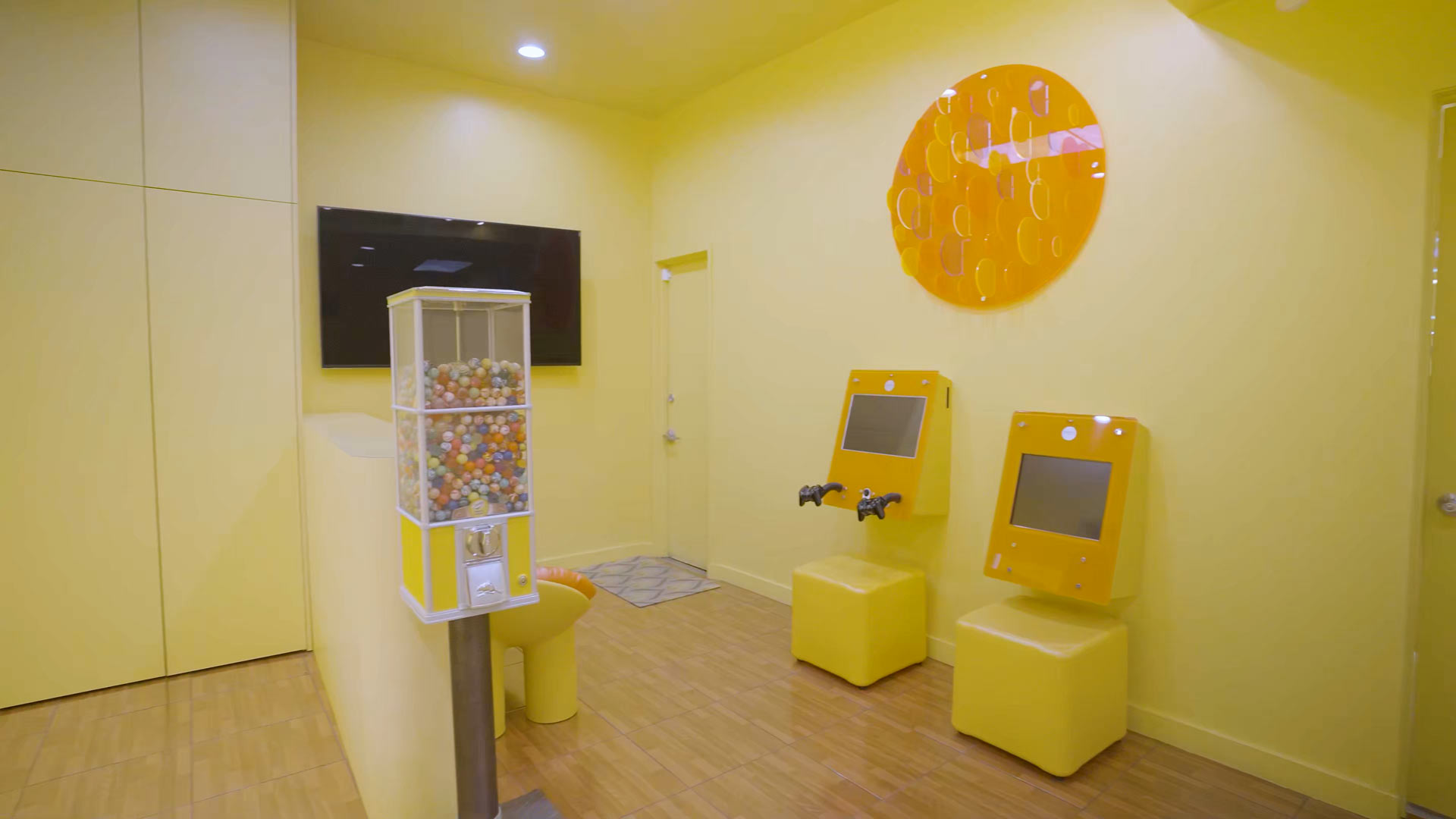From fostering dental health to tackling early orthodontics, dental check-ups are childhood adventures that need to be fun, interactive experiences that families look forward to. How can we make this happen? Here’s how we do it at our office, Smiles Pediatric Dentistry & Orthodontic, in Los Angeles: Early dental visits that foster well-being and get kids comfortable with routine exams and interactive dental cleanings from a young age sprinkled with a lot of tender, loving dental care!
Are Baby Teeth Worth Investing in:
The answer is a resounding yes! The twenty baby teeth that emerge into a small child’s mouth are not all exfoliated at once. When parents ask “How long will this baby tooth stay in the mouth? The answer to that question will depend on the tooth in question. Anterior or front primary teeth will exfoliate between the age of 6 to 8 years, but the posterior teeth or molars can be present for many more years. 2nd primary molars can remain in the mouth until the teenage years!
What does “mixed dentition” mean:
Mixed dentition is a period of time when a child has both baby and permanent teeth in their mouth. The process of growing permanent or adult teeth in the mouth is a gradual one. It occurs progressively over a span of several years. The first baby teeth that are switched to permanent teeth are the incisors. This happens between the ages of 6 to 8 years. During this time, the first permanent molar will also emerge behind the baby molars. This is why the number of permanent teeth is more than the twenty primary ones. A second permanent molar will follow around age 12 and finally a third molars or “wisdom teeth” will being to emerge in the late teens.
Importance of understanding the stages of dental development:
When we understand that dental development is continuous and that primary and permanent teeth are present in the mouth simultaneously and for several years, we begin to see how fostering dental health early on plants that seeds for dental well-being to come. When kids experience early childhood caries in primary teeth and their permanent begin to come in, the newly erupted teeth can be vulnerable to similar issues.
 What are cavities:
What are cavities:
Dental caries or “cavities” remains the most common chronic disease of childhood. Cavities are notoriously known as “holes” in teeth. While it is true that dental caries is demonstrated in tooth structure breakdown, this occurrence is the outcome of the disease not the cause of it. The root cause of a cavity is bacterial, with specific oral bacteria that has an affinity to adhering to tooth surfaces.
How do cavities happen:
The saying: “Sip all day, get decay” holds scientific evidence. The frequency and duration of exposure to sugars and starches is a key factor in facilitating dental caries or cavities. The process is simple: Human mouths have an extensive oral flora called the oral microbiome. Similar to our gut, a multitude of microorganisms live and thrive in our mouths. Some of these are friendly, others produce harmful acids that are cavity-causing. Harmful bacteria feed off of foods with high sugar levels. The longer it takes a food to clear the mouth, the better fuel it provides. The more frequent the intake of such foods, the more these bugs can overwhelm the healthy counterparts causing more cavities.
What is the source of cavity-causing bacteria:
Babies are not born with harmful oral flora. They acquire it from the adults in the family by salivary exchanges. If parents have active, untreated cavities, they can pass along this bacteria to their offspring. This is called vertical transmission. Toddlers can acquire caries-causing bacteria from siblings or school mates. This is called horizontal transmission. Here is a good read on early caries transmission.
Fostering dental health for children:
Starting early dental visits and getting kids on a consistent rhythm of bi-yearly dental check-ups puts the family in gear to prioritize oral care. It also allows building a bond of trust with a dental home that can guide the process of home care through continuous, age-appropriate dental education. Proper oral hygiene can help to clear harmful plaque build-up and promote oral health. Here are some oral health tips to follow:
- Brush twice a day: Use fluoride toothpaste or remineralizing toothpaste (rice-sized amount for toddlers, pea-sized for kids over 3).
- Floss daily: Once teeth touch, start flossing! This is the only way to clear plaque build up from in between teeth.
- Limit the frequency of sugary snacks and drinks: Juice (even if diluted with water) and sticky foods can increase cavity risk but it is the frequency and duration of exposure that is the critical factor. A piece of birthday cake or a treat is fine.
- Understand the clearance factor of foods: The stickier the food, the longer it takes to clear tooth surfaces. Crunchy fruits and vegetables help to naturally clean tooth surfaces.
- Encourage water drinking: Water not only hydrates, it helps to wash the mouth.
- Keep on track with dental visits: Professional cleanings help remove plaque and catch problems early.
Understanding the Role of Baby Teeth & Orthodontic Health:
Primary teeth set the foundation for permanent teeth. Each primary tooth sets that stage for its successor. The health of primary teeth in terms of structure and position is super important for the permanent tooth that follows. Here’s why:
- Primary teeth hold space for permanent teeth: Premature loss of baby teeth can lead to space loss and crowding.
- Baby teeth affect speech development: Healthy baby teeth help kids pronounce words correctly.
- Early Orthodontics can be started in primary or mixed dentition: For kids with bite issues or jaw misalignment, early orthodontics can prevent future complications and primary teeth can serve as sound foundations for orthodontic appliances.
Nurturing positive dental experiences:
The first and foremost goal of a dental home is to ensure positive dental experiences for children, no matter what their dental needs are. Positive experiences ensure that kids grow up feeling confident and comfortable in the dental setting. It also means that they are informed and educated on how to promote their own oral health in addition to becoming empowered on decision making when the are old enough to do so. Early collaborations with parents is the first step on this journey but continued team work is needed for the process to progress over time. Here are some recommendations for smooth dental visits:
- Gear up for the dental visit with excitement: Let kids know that it feels good to have shiny, sparkly teeth and get them ready for fun toothpaste flavors.
- Allow us to help guide the visit with our magical techniques: We love to explain the dental visits to our young friends in child-friendly terms!
- Give kids some Grace: Kids are just like adults. Some days are smooth and others, breaks may be needed. When we gently understand this, we can relax about the shifts that can occur. After all, it’s the overall long term health that we are after.
- Celebrate the wins: Achievements are worth celebrating! A healthy check-up, a growth milestone or a successful treatment outcome, kids thrive on positive reinforcement.
How we keep dental matters fun:
Like relaxing on a plane flight, sometimes sitting for a good while takes some facilitation. This is where good conversations, stories, distractions and a good movie come to play! TVs on ceilings work magic for young kids with lots of energy. Plus, they offer something that the kids really look forward to and allow us to really get great dental care completed as time flies by for the kids! Prizes, gifts and goodie bags are part of the deal too. These are things that kids always remember and value and are sure to make them (and us) smile!
Into the teenage years:
What makes pediatric dentistry so special is that we get to watch kids grow up. Nothing is as special as being part of the beautiful evolution of growth View our Smiles Champions.
Parents often ask how long their kids can keep coming to our office. We say: They are welcome until they turn 21! As our practice has grown and our preschoolers have become college students, we’ve continuously expanded our scope of practice to include state-of-the-art offerings to our teenage clientele. From Esthetic Teenage Dentistry to Orthodontics for Teens and 3D Printing solutions, our portfolio of dental offerings is as unique as the teenagers and young adults that love coming to see us.
Q&A:
1. What is the dental balance concept about?
The concept of the caries balance was first published by Dr. John Featherstone in 1999 in an attempt to simplify the key factors involved in dental caries progression or reversal and make them readily applicable in clinical practice and easily understandable. The concept was included in a review that provided a simple summary of the science of caries prevention and was then embraced as part of a two-day consensus meeting in California to review the relevant literature on caries prevention and propose practical means for caries management by risk assessment in the dental office and in community health settings.
In a nutshell, think of a balance scale that holds tooth remineralizing factors on one side and tooth demineralizing factors on the other. Whatever side is heavier will tip the balance in its favor. Factors that are health promoting include: A balanced diet, good oral hygiene and exposure to fluoride. Negative factors include: Frequent exposure to surgery foods, plaque build up and poor oral hygiene.
2. What are some remineralizing agents that can be used to stop cavities?
There are several agents that can help remineralize early dental caries:
Agents that can be used in home products:
- Fluoride in all of its forms from toothpaste to mouth rinses.
- MI paste, a topical cream designed for dental use that contains a special milk-derived protein known as Recaldent (CPP-ACP).
- Nano-hydroxyapatite, a mineral naturally found in teeth, which can be added to toothpastes.
Agents that can be applied in the dental office:
- Sliver Diamine Fluoride: A liquid medication that treats and prevents cavities.
- Curodont Repair: A brush-on agent that remineralizes early cavities.
- Stem Cell-Derived Hydrogels for Enamel Repair: Scientists are developing hydrogels containing stem cell-derived proteins and growth factors to encourage remineralization of early cavities.
3. My child has experienced cavities, how can I turn this around?
Depending on the extent of the cavities, we will always select minimally involved options as the first choice of care. Many times, these early interventions, along with a home care prevention plan, can shift the balance of the oral environment in favor of the remineralization of early cavities rather than their progression. For cavities that are more involved or have not responded to remineralization therapy, we will create a thoughtful treatment plan that is a good match for your child and family. Sedation options, as needed, will be discussed to ensure your child’s comfort. A continued prevention plan will be built in to ensure post treatment success and foster dental health.
4. I’m a bit concerned about sedation; can it be bypassed?
We are advocates of child well-being on all levels. Emotional, physiological and developmental well-being are part of the big well-being picture. We are also supporters of informed decision making, continued education, training and team collaboration. This is why we offer multiple levels of state-of-the-art sedation options that are safe, efficient and effective. We invite you to share your specific concerns with us so that we can help guide you towards your comfort with evidence-based knowledge and pediatric dental wisdom.


